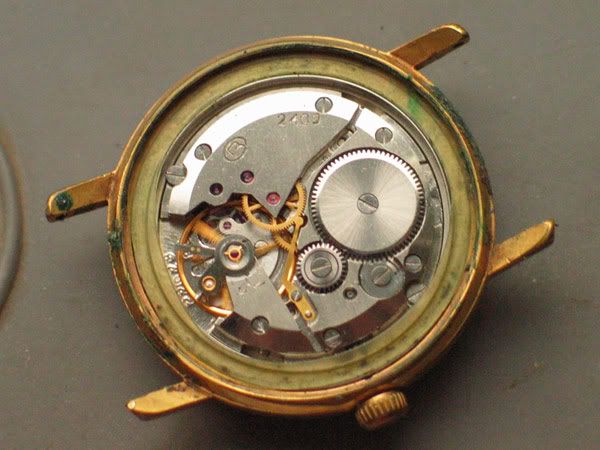Hi again! So I have here three type 470 cased Amphibians, one of my absolute favourite watches! The movement on these 20+ year old watches is so reliable and accurate, and they are great looking watches. I am sure I will be adding to this collection over the years!
I believe (from the Amphibian classification database) that the only correct movements to be found in these are either 2409 or 2409A both with 17 jewels. Now my question is this, what is the difference between these movements? I have seen peoples examples with 2409A SU stamped on the bridge. All 3 of mine have no stamp on the bridge, the only marking I can see is the Boctok 'B' below the balance wheel. I have compared all 3 with a loupe and they all look like this...........
![]()
Is this the 2409 or 2409A?
Also, does anyone know the dial codes for these 3?
![]()
![]()
![]()
I would have assumed that 2409 is the older variant of this movement, however I have read that infact 2409A is stamped on older movements?
I have to say I find the science behind Russian movement codes very interesting yet confusing! :think:
I believe (from the Amphibian classification database) that the only correct movements to be found in these are either 2409 or 2409A both with 17 jewels. Now my question is this, what is the difference between these movements? I have seen peoples examples with 2409A SU stamped on the bridge. All 3 of mine have no stamp on the bridge, the only marking I can see is the Boctok 'B' below the balance wheel. I have compared all 3 with a loupe and they all look like this...........

Is this the 2409 or 2409A?
Also, does anyone know the dial codes for these 3?



I would have assumed that 2409 is the older variant of this movement, however I have read that infact 2409A is stamped on older movements?
I have to say I find the science behind Russian movement codes very interesting yet confusing! :think:






















